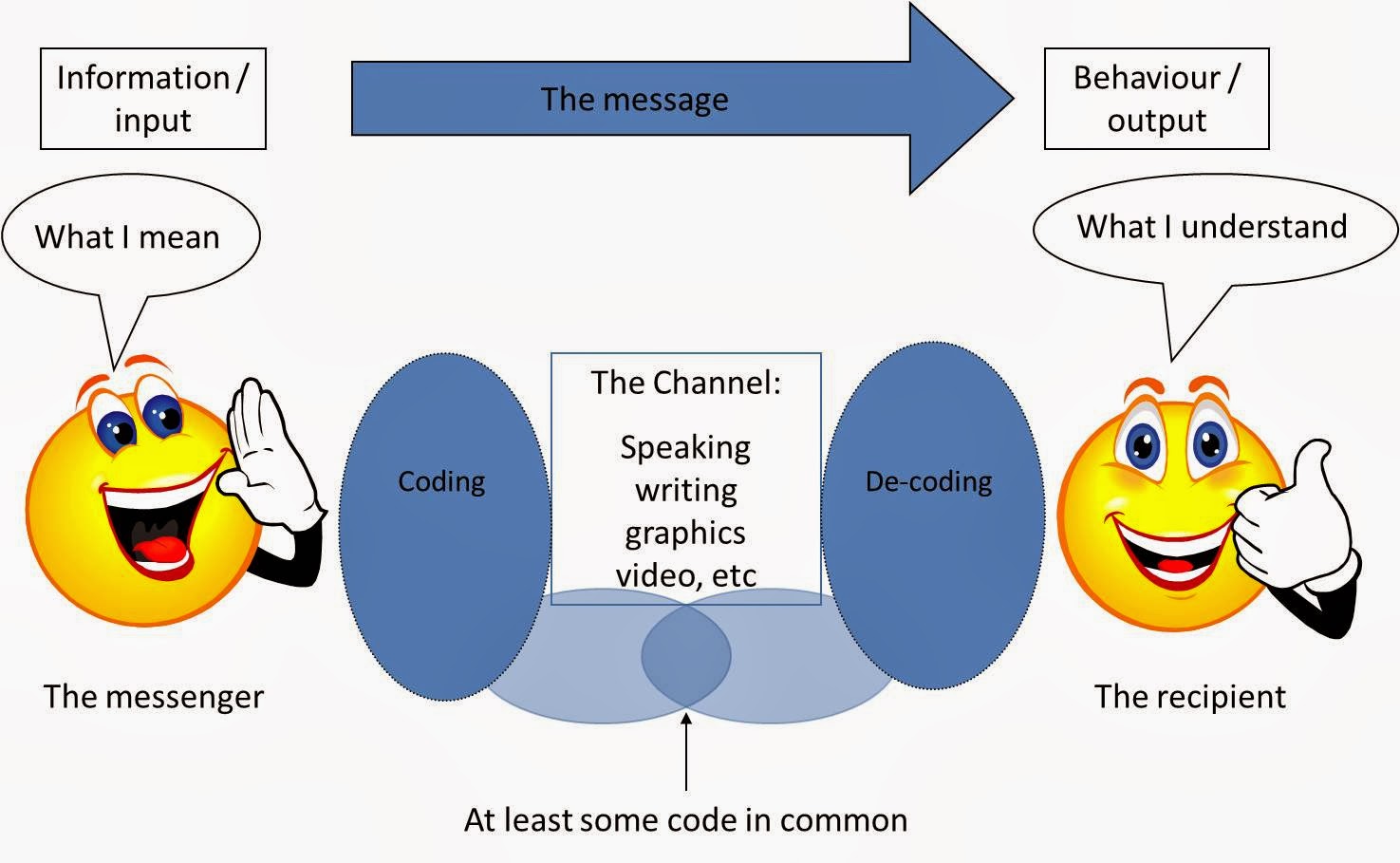Educational Philosophy of Mahatma Gandhiji and its Implications
Mahatma Gandhi's Educational Philosophy:
1. Basic
Education or Nai Talim:
- Concept: Introduced in 1937, 'Nai Talim'
translates to 'New Education'. Gandhi envisioned an education system that
would cater to the holistic development of an individual.
- Holistic Approach: Gandhi's education was about
intellectual growth and spiritual and physical development. He believed in
nurturing the heart, head, and hand.
- Learning by Doing: Gandhi emphasized experiential
learning. He believed that skills and knowledge gained through practical
activities like craftwork would stay with students for life.
2.
Education as a Means of Character Development:
- Moral Foundation: Gandhi believed that the primary
purpose of education was not to secure a job but to mould the character.
He often said, "Literacy in itself is no education."
- Instilling Virtues: For Gandhi, virtues like truth,
non-violence, and love were paramount. He believed that an educated
individual should be a beacon of these values.
3. Emphasis
on Mother Tongue:
- Rooted in Culture: Gandhi believed that starting
education in the mother tongue would help children understand and
assimilate better, keeping them connected to their culture and roots.
- Critique of English Education: He felt the English education
system alienates Indian students from their heritage. He believed it
created a class of people who were "Indian in blood and colour but
English in tastes."
4. Lifelong
Learning:
- Continuous Growth: Gandhi believed that learning
doesn't stop with formal education. He himself was an avid reader and
constantly evolved his ideas.
- Self-improvement: He emphasized the importance of
introspection and self-improvement, stating that everyone should be their
own biggest critic.
5.
Education for Self-reliance:
- Independence and Empowerment: Gandhi's education aimed at
making individuals capable of taking care of themselves. He believed that
true education should equip an individual with skills for life.
- Craft-Centred Curriculum: He proposed that a craft, chosen
based on the local environment and resources, should be the centre of the
entire education process.
Educational
Implications:
1. Holistic
Development:
- Beyond Academics: Schools should not just be centres
for academic learning but should also focus on nurturing creativity,
physical health, and emotional intelligence.
- Incorporating Arts and Sports: Activities like music, arts, and
sports should be integral to the curriculum, ensuring the all-round
development of students.
2.
Value-based Education:
- Moral Lessons: Stories, parables, and real-life
examples that emphasize moral values should be part of the curriculum.
- Community Engagement: Students should be encouraged to
participate in community service, fostering empathy and a sense of
responsibility.
3.
Integration of Work and Education:
- Practical Exposure: Theoretical knowledge should be
complemented with practical exposure, ensuring that students understand
real-world applications of what they learn.
- Vocational Training: Schools should introduce
vocational training, ensuring that students are equipped with skills that
can help them in real-life scenarios.
4. Emphasis
on Local Culture and Language:
- Cultural Studies: The curriculum should include
studies on local traditions, festivals, and historical events, ensuring
that students are well aware of their rich heritage.
- Promotion of Regional Languages: Regional languages should be
promoted along with global languages, ensuring that they continue to
thrive.
5.
Self-sustenance and Entrepreneurship:
- Skill Development: Along with academic knowledge,
schools should focus on skill development, ensuring that students are
prepared for real-world challenges.
- Entrepreneurial Mindset: Students should be encouraged to
think out of the box and come up with innovative solutions to problems.
Examples:
1. Sewing
in Schools:
- Beyond a Skill: While sewing teaches a valuable
skill, it can also be used to teach mathematical concepts like measurement
and geometry. It can also instil values like patience and precision.
2. School
Gardens:
- Biology in Action: Gardening can be a practical
lesson in biology, teaching students about plants, insects, and
ecosystems. It also teaches patience, responsibility, and the value of
hard work.
3. Local
History and Culture:
- Relatable History: Learning about local heroes,
folklore, and traditions can make history more engaging and relatable for
students.
4. Craft
and Artisanship:
- Preserving Heritage: Traditional crafts can be a way
to preserve and promote local heritage. They can also be used to teach design,
mathematics, and even physics concepts.
In essence,
Mahatma Gandhi's educational philosophy was a blend of traditional values and
modern pedagogical techniques. He envisioned an education system that was
deeply rooted in Indian culture yet was forward-looking in its approach.
.png)


Comments
Post a Comment